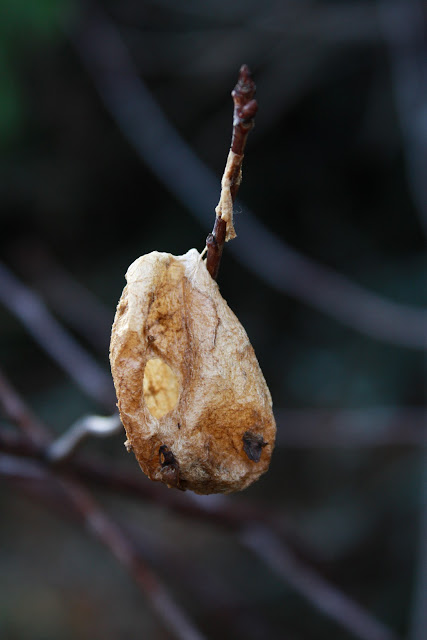Many people have asked about the type of microscopes we use and which one we like best. While it is easy to talk about the microscopes themselves it is hard to choose a favorite. The both have strengths that we enjoy and that is why we are happy to have both.
When looking at microscopes we knew we wanted a stereo microscope first. Since The Naturalist's first love is insects we could imagine she would want to examine her insect collection and any other new specimen that came along under the microscope. A stereo microscope is a lower powered microscope that is designed to look at whole objects such as insects, flowers, wasp nests, or even whole spiders (you find dead on the porch) and their very cool spinnerets...

Our stereo microscope is very basic and easy to use. It does not even have a light. I like this feature because that makes it lightweight and easy to transport outdoors. The drawback is that we either have to use it on sunny days by the window or supply some supplemental light.
Ours is not digital so it does not take pictures but I have figured out how to take pictures with my camera looking down the microscope lens.
Here is a photo of a wasp egg in the nest above:
Both kids find it easy to use. The Artist needs help getting things in focus to start out but that is becoming easier with time and use.
The online store we ordered our stereo microscope from has since gone out of the business of selling microscopes so I can't give you a link to purchase.
Going from big to tiny...
Compound microscopes are designed to look at very tiny details in things such as animal or plant cells, or single-celled organisms.
Our digital microscope is a
Celestron and I love the screen because more than one person can view the object at one time. This is great for families with lots of curious kiddos... or even just two curious kiddos.
It is very basic and easy to use.
Here are some photos taken by the digital microscope:
pond water samples...
apple pollen...
onion skin..
While compound microscopes are designed to be used with slides and make observations of the very tiny cells that make up our world there has been much experimentation around here with viewing objects without slides... things that really would be a better fit for the stereo microscope... but that is all about learning... and wanting to take cool pictures with your digital microscope!
dragonfly wing detail...
sticky insides of a Chinese Lantern plant...
feather...
and a borax crystal...
When choosing a microscope the most important thing to consider the main use. The types of observations that are going to be made dictate the microscope that would be best for your family. For a family looking to purchase their first microscope I would recommend a stereo microscope. Kids love to be able to put all kinds of things under the microscope, from a penny to the hair of a poodle, they want to check it out. The fast and easy way to do that is with a stereo microscope.
I am not a scientist I just play one with my kiddos... So if you have more to add to the conversation here please feel free to do so in the comments. We would love to learn more.
Do you have a microscope? What do you like about it? What would you recommend to a family looking to purchase their first microscope?

















































